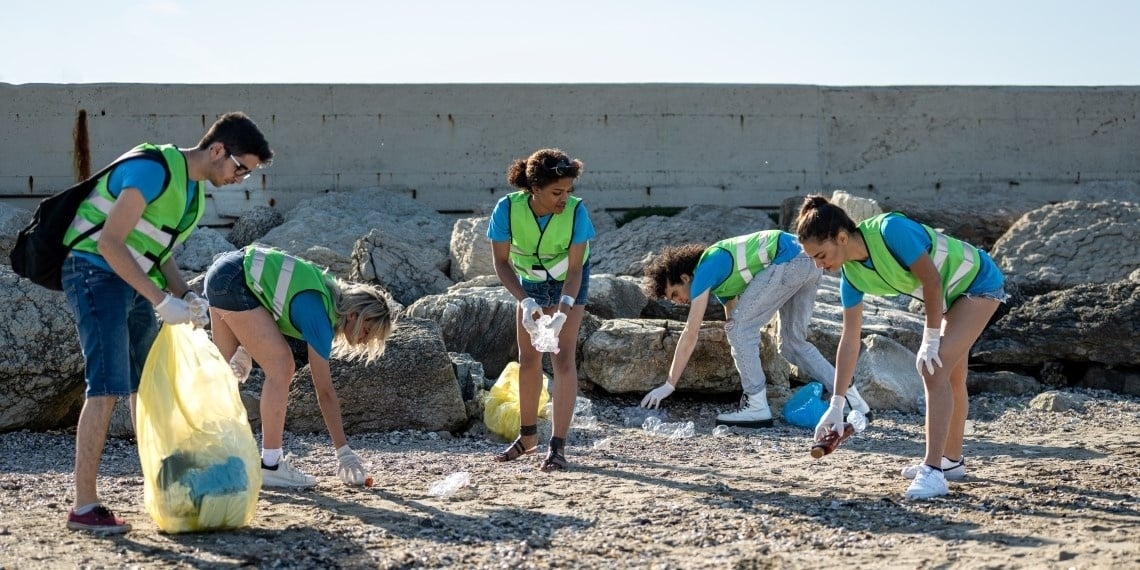
Although formal definitions vary between organizations, direct response fundraising, at its heart, involves engaging with potential and current donors to solicit a reply or donation. The goals of direct response are to not only go beyond increased fundraising but also to expand the size of donor databases, deepen engagement with current supporters, and build a more reliable revenue stream. We've put together a list of three key direct response tips to help boost your fundraising today.
No. 1: Direct Response Strategy and Planning
Every successful initiative starts with a solid plan, right? To start your strategic planning, begin by organizing, clarifying, and visualizing the core components of your strategy. This approach is similar to a SWOT analysis, which examines your strengths, weaknesses, opportunities, and threats to your objectives. Unlike assessing your effectiveness at a ground level, this approach is focused on overall operational and mission-goal strategies.
Strengths
- Delve into your organization’s strategic vision to identify, clarify, and communicate it effectively.
- Measure where you play well and lean into those strengths.
- Dive into your fundraising successes and how you can amplify them.
Weaknesses
- Analyze donor giving to determine whether your major gifts program—or lack thereof—meets industry guidelines.
- Conduct surveys to gain feedback from donors about their experience with your donation process and their overall donor journey. (Ask for areas to improve)
- Sit on the other side of the table. How clear are your mission actions to those invested in your organization?
Opportunities
- Analyze historical results and transactional data after each initiative (or periodically) to understand what worked well and what didn’t.
- Examine similar nonprofits experiencing greater success than you, even if they are not in the same geographical area as you. This may open your eyes to what others are doing, inspiring new opportunities to attract donors and increase revenue.
- Create a practical strategy that implements these new plans to seize opportunities that may have been previously overlooked.
No. 2: Direct Mail
Direct mail is one of the most cost-effective fundraising tools available to nonprofits. However, the challenge is to build a direct mail program that is centered on results, not the number of pieces mailed! Your focus may include simple fundraising, donor roll growth, or targeting potential major contributors.
An excellent direct mail program will refine and amplify your organization’s “voice,” nurturing a deeper connection between you and your donors. Further, a good direct mail program will also include specialized segmentation techniques to tailor your story for different donor audiences, maximizing your reach's effectiveness.
No. 3: Digital Outreach
Incorporating a digital element into your direct mail fundraising efforts is a no-brainer in an increasingly digital world. Integrating tried-and-true strategies combined with innovative digital outreach to create a truly modern fundraising model is key.
Digital services help nonprofits combine diverse fundraising methods, including events, advertising, SEO, social media, and email marketing. Bringing these elements together into one streamlined fundraising program improves efficiency and unifies messaging. Building your influence, audience, and donor base through multi-channel engagement is the path to growing your fundraising.
What to Look for in Your Direct Response Partner
While there are a multitude of vendors to choose from when searching for a direct response partner, one cannot take lightly the affair. This is more than a transaction; it is a long-term relationship requiring diligent consideration before entering a multi-year program. Here are a few items to add to your checklist before proceeding:
- Mission Alignment (if they are not invested in your mission or culture, are they a good match for your donors?)
- Personalized Strategies (one size rarely fits all; if they want to fit you into their system, it may not be the best for the long-term; consider a partner who will customize their approach to your goals)
- Experience, Experience, Experience (so often nonprofits get hoodwinked into hiring a vendor that is a ‘new thing’ or a ‘special price’ when in reality the vendor is simply hoping they get enough business to stay alive through the end of your agreement)
- Dedicated Strategy Team (ask to go beyond the vendor lead and meet with those who will be supporting your work, even interview them to see if they will be a good match for you and your organization)
While direct-response fundraising is a necessary facet of a comprehensive development strategy, many organizations shy away from launching it due to the complexities and perceived high costs. The reality is that there are numerous ways to utilize an effective direct-response strategy that will accommodate almost any budget, and the best way to learn is to start by doing.
Let us know if you'd like to hear from one of our direct response leaders to gain feedback on your strategy by scheduling a brief discovery call here. We relish the chance to learn how you are doing and to share some insight, if needed, on some of our unique approaches that provide impactful results so many nonprofits seek when trying to amplify their fundraising and increase donor rolls.


